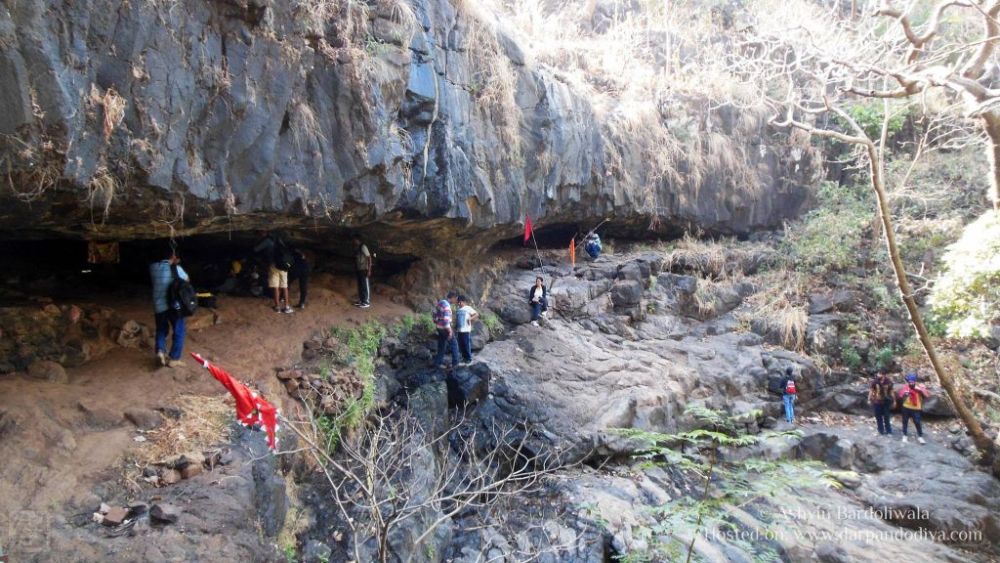

The Pandava Gufa, located in the enchanting hill station of Saputara in Gujarat, India, is steeped in mythological significance. It's believed to date back to the epic era of the Mahabharata. According to local folklore, the caves were used as a hideout by the Pandavas, the protagonists of the Mahabharata, during their period of exile. The caves have since attracted tourists and devotees alike, who come to marvel at this historical and religious site.
Over the years, the government of Gujarat, along with the local authorities of Saputara, have taken significant steps to promote tourism in the region. The enchanting landscapes and the mystical aura of the caves have been marketed as a prime attraction. Accessibility improvements, such as better roads and transportation, have been pivotal in increasing tourist footfall.
Besides the Pandava Gufa, Saputara offers various attractions such as the Saputara Lake, the Sunrise Point, the Sunset Point, and the Saputara Tribal Museum. The integration of these attractions with the tale of the Pandava Gufa enhances the overall tourist experience.
In recent years, there has been a notable trend towards experiential travel and eco-tourism. Tourists visiting the Pandava Gufa are often interested in having a holistic experience that includes understanding the local culture, flora, and fauna. There is an increasing preference for authentic and sustainable tourism experiences, where travelers can engage with the local tribal communities and participate in their traditional customs and practices.
Adventure tourism is also gaining momentum, with visitors seeking trekking experiences that lead to the Pandava Gufa, exploring the rugged terrains and lush green forests of the Sahyadri range.